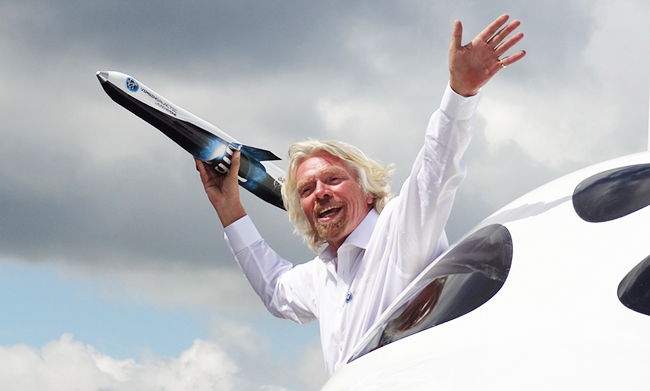
You are not alone.
American entrepreneurs may have a well-earned reputation for risk taking, but once we have a modicum of success, we tend to turn into a timid bunch—or maybe the better term is reluctant. We’ve figured out what works on our own for initial growth, so we start relying on that status quo experience, often refusing to recognize changes appearing on the horizon, reluctant to see what’s right in front of us.
“The only constant is change.” —Heraclitus
As brand advisors to consultants, professional service firms, nonprofits and other advisory firms, we often see the fear of change take hold in our clients. Where we see it most is when we’re addressing brand—brand name, brand identity and positioning strategy (learn more about the difference between these marketing terms here). While so many CEOs are ready to take risks in hiring or launching new products and services, many are quick to dismiss the value that a re-brand could offer. They feel themselves tied to the “brand recognition” they think they have, limiting their opportunity for growth. The problem is this: when making decisions, many of us focus only on what we have to lose rather than all that we could potentially gain.
And heck, it’s scary. Change is scary. Loss is scary. Our brains work hard to fight change; plus our habits, which have helped us succeed so far, are powerful and efficient (read more in this great Forbes article). You’ve worked hard to establish a reputation and grow. But what are you missing out on by not taking a closer look—or an objective look of what you might gain?
“To improve is to change; to be perfect is to change often.” – Winston Churchill
I write this blog post as I’m thinking about several of our clients who are in the midst of great change. One in particular, with whom we still work today, swore almost a decade ago that he would never change his business name, but upon closer examination (via a 180 Positioning Workshop™), not only changed it, but changed his business model, developed a spin-off company, rebranded both and subsequently grew six times over in four years.
He called me today for some advice on refreshing the spin-off company and said, “I will always remember what you said during our workshop when I was so worried about our brand equity. . . you said, ‘right now, nobody knows who you are.’ And you were right! We were afraid to change.”
While my words may have sounded harsh, he needed to hear them. He and his staff had already gotten so involved in their routines that they didn’t realize how much further they could go.
What our exploration did fundamentally, was enable him to focus more on all the possibilities and potential gain that a change would offer versus the loss of his “brand recognition.”
This name change and rebrand ultimately allowed his entire team to regroup and speak from the same set of brand values. It helped differentiate the company in the marketplace and brought a new pride to the team. Sharing that new life, that new story, became part of the excitement now shared among all of the staff, clients, and prospects, which created more excitement within the industry. When done correctly, a rebrand can be the event that breathes new life into an organization, reassures existing clients and helps attract new ones.
“People underestimate their capacity for change. There is never a right time to do a difficult thing.” – John Porter
When seeing change in terms of what you have to lose, your focus is on staying safe, avoiding mistakes, fulfilling responsibilities—all honorable pursuits—you’re hanging on to what you’ve got and that’s okay, but it likely won’t help you grow.
If, instead, you see change in terms of what you might gain, your focus is about moving forward, maximizing potential, and reaping the rewards. It may require more of a leap of faith, but it’s also about creating opportunities for success.
Neither approach is wrong. However, the latter is an approach that can energize an organization and propel it forward.
So how can you learn to embrace change for the sake of your future happiness, particularly when it feels risky or uncertain? The answer is surprisingly simple: when you think about making a change, focus only on what you have to gain, and let go of those thoughts of what you might lose. To find out if
it’s time for a brand refresh, read more
READ MORE














